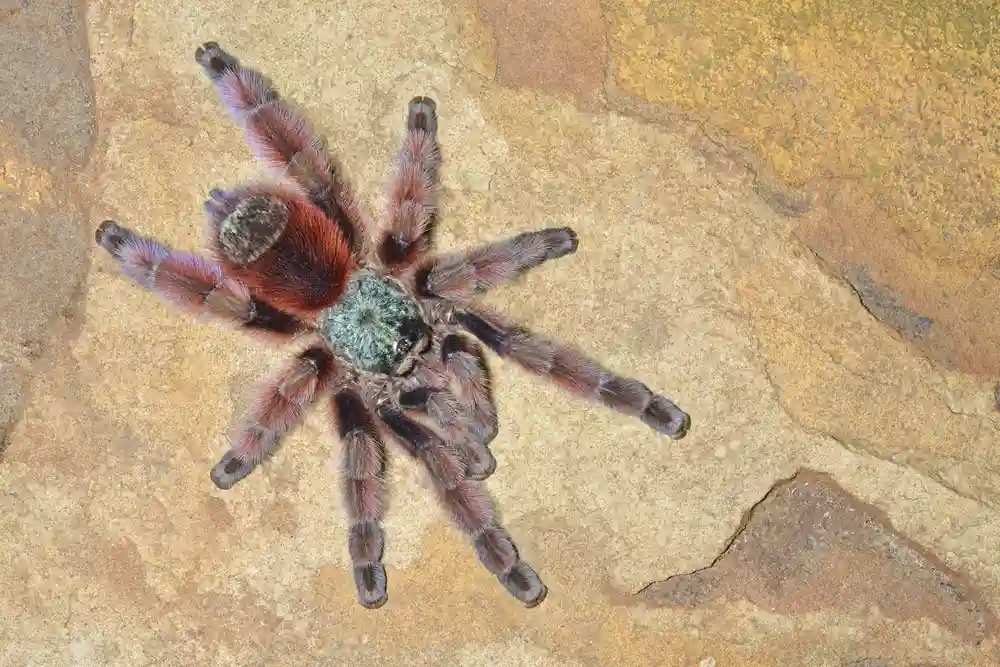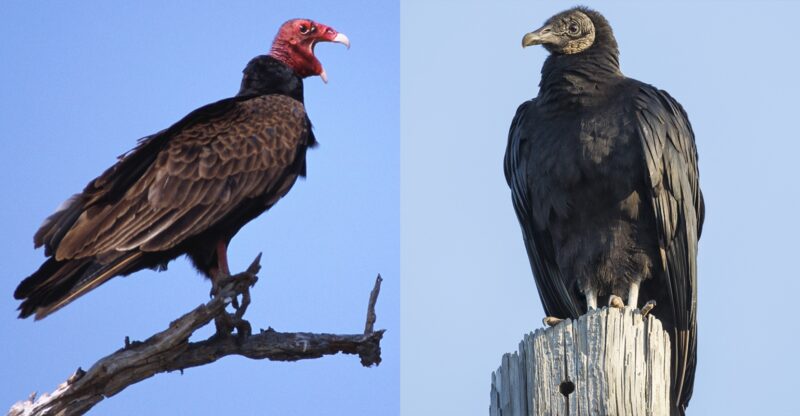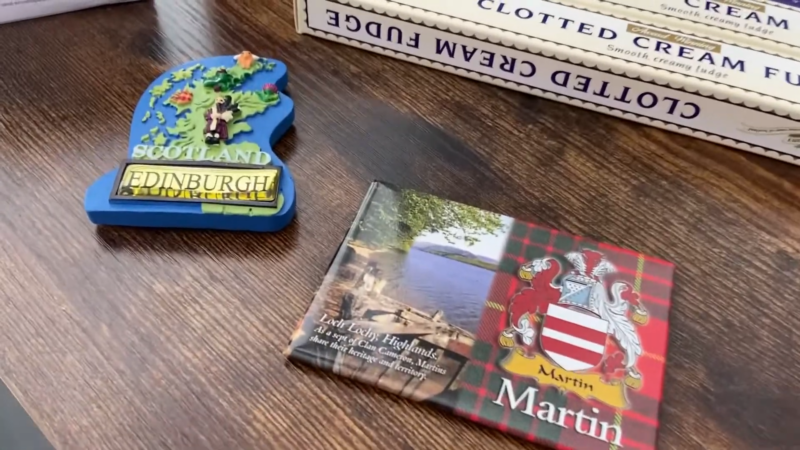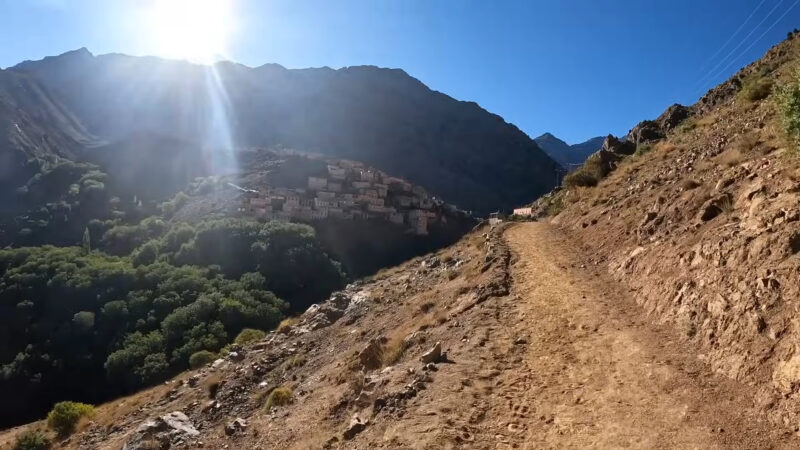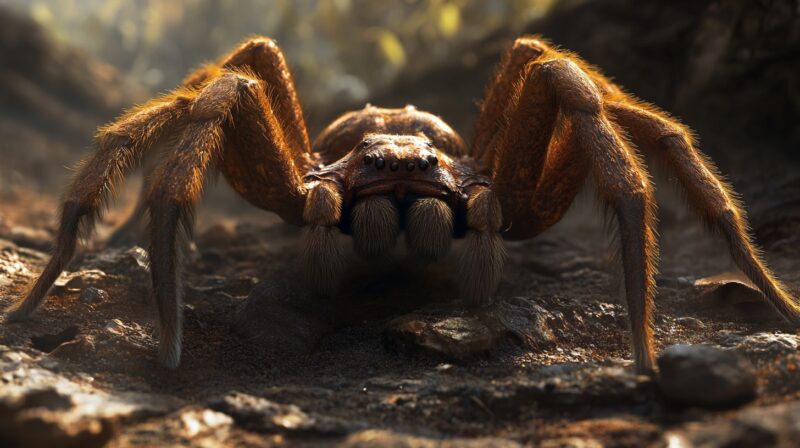The Sahara Desert is huge! It covers a big part of Africa and has some really hot weather. Even though it’s so dry and hot there, Sahara desert plants find a way to grow. These plants have changed so they can live with little water and not very good soil. They got good at surviving high temperatures too. Amazingly, anything can grow in a place so tough!
By learning how these plants live in the Sahara, we find out how they do it. We also see that even though it’s a desert, the plants that grow there are still important. Studying the plants of the Sahara helps us appreciate how resilient life can be when things are difficult. In the desert, they show us that something will find a way to survive no matter what.
6. Saharan Cypress: A Desert Survivor
One of the most notable plants in the Sahara is the Saharan Cypress (Cupressus dupreziana). Found primarily in the Tassili n’Ajjer mountains of Algeria, this rare tree species has adapted to survive in one of the most arid regions on Earth.
This plant is known for its extremely rare method of reproduction. Unlike most trees that reproduce through sexual means, the Saharan Cypress often reproduces asexually through a process called “apomixis,” where seeds are produced without fertilization. This means that each new tree is essentially a genetic clone of the parent, which is a unique survival strategy in its harsh and isolated desert environment.
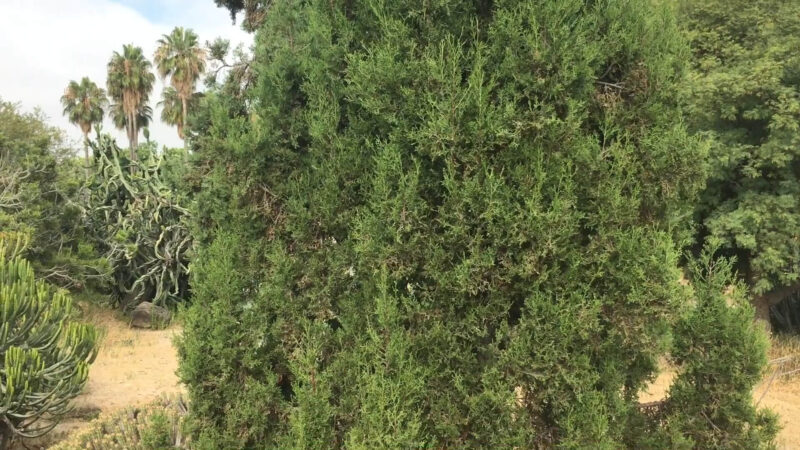 The Saharan Cypress is capable of living for over 2,000 years, which is a testament to its incredible resilience. Its needle-like leaves minimize water loss, and its deep root system allows it to access underground water sources that are otherwise unavailable to surface plants.
The Saharan Cypress is capable of living for over 2,000 years, which is a testament to its incredible resilience. Its needle-like leaves minimize water loss, and its deep root system allows it to access underground water sources that are otherwise unavailable to surface plants.
The existence of this tree so far from other vegetation highlights its extraordinary ability to withstand isolation and extreme conditions. The preservation of the Saharan Cypress is crucial, as it represents a unique aspect of the Sahara’s natural heritage.
5. Date Palm
Date palms have been cultivated for over 5,000 years, making them one of the oldest cultivated trees in human history. They have been an essential part of life in desert regions like the Sahara for millennia.

The Date Palm (Phoenix dactylifera) is another vital plant in the Sahara, particularly in oases where water is available. This tree is not just a survivor but a provider, playing a crucial role in the lives of people living in the desert. Date Palms are cultivated for their fruit, which is a staple food for many desert communities.
A single date palm tree can live for over 100 years and produce up to 150 pounds (about 70 kilograms) of dates each year, making them a vital food source for desert communities. They are packed with essential nutrients like vitamins A, B6, and K, as well as minerals like potassium and magnesium, providing a valuable source of energy and nutrition in the harsh desert environment.
Beyond providing food, date palms are incredibly versatile. Their leaves are used for making baskets and mats, trunks for construction, and fibers for rope. Almost every part of the tree is utilized in some way.
In many desert cultures, the date palm is a symbol of hospitality and generosity. Offering dates and milk is a traditional way of welcoming guests and showing hospitality in Sahara communities.
The tree’s large, fan-like leaves provide shade and reduce evaporation, creating a microenvironment that supports other plant and animal life. Date Palms also help in stabilizing the soil, preventing erosion and aiding in the conservation of the scarce water resources found in oases.
Their presence is a clear indicator of how life in the Sahara can adapt to and even capitalize on the limited resources available.
4. Acacia: The Resilient Shrub
The leaves and pods of Acacia tortilis are a favorite food for giraffes.
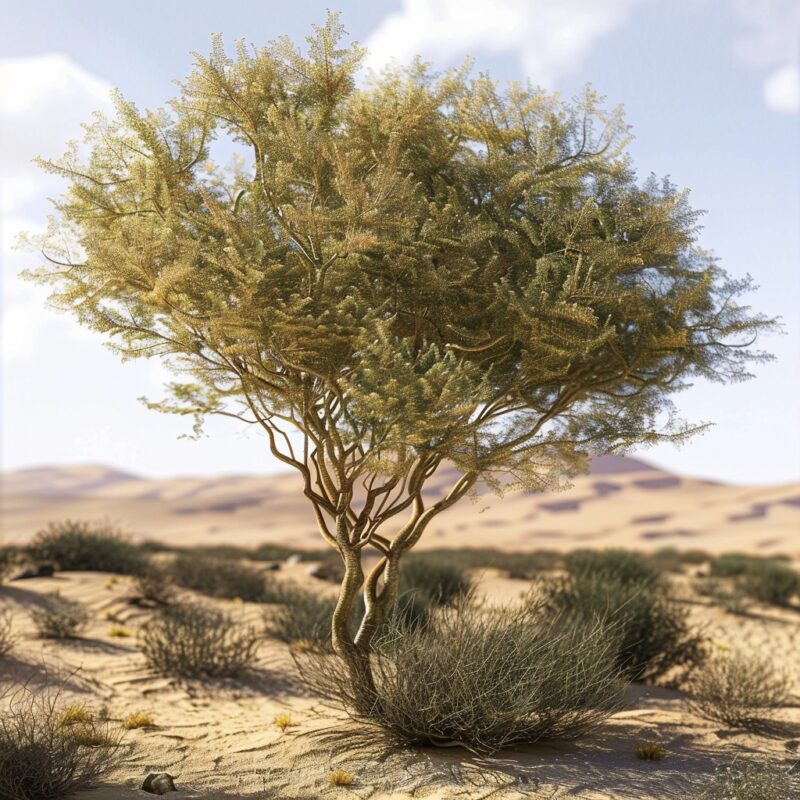
Acacia trees, particularly the Acacia tortilis, are a common sight in the Sahara. These hardy trees are well-suited to the desert environment, with their deep roots and small, pinnate leaves that reduce water loss.
Acacias are known for their ability to thrive in poor soil and their tolerance to drought conditions. They play a significant role in the desert ecosystem, providing food and shelter for various animals and contributing to soil fertility through nitrogen fixation.
The presence of Acacia trees also helps to combat desertification, making them an essential component of the Sahara’s fragile ecosystem.
Some fun facts:
- Ants as Bodyguards: Some Acacia trees have a mutualistic relationship with ants. The trees provide nectar and shelter for ants, and in return, the ants protect the trees from herbivores by attacking any animals that try to eat the leaves.
- Nitrogen Fixers: Acacias are part of the legume family and have the unique ability to fix atmospheric nitrogen through a symbiotic relationship with bacteria in their root nodules. This process enriches the soil, making it more fertile and capable of supporting other plant life in the desert.
- Tough Wood: The wood of Acacia tortilis is extremely hard and dense, making it highly resistant to decay and insects. This durability has made it valuable for making tools, furniture, and even traditional musical instruments in many cultures.
- Thorny Defense: Acacia trees are known for their sharp thorns, which serve as a defense mechanism against herbivores. These thorns can be quite large and intimidating, deterring animals from eating the leaves and branches.
- Desert Firefighter: The presence of Acacia trees can help to slow down the spread of desert fires. Their thick, fire-resistant bark and low flammability make them a natural barrier against wildfires, helping to protect the desert ecosystem.
3. Tamarisk
Tamarisk trees have specialized glands that excrete excess salt, which allows them to thrive in saline soils where other plants struggle to survive.

Tamarisks (Tamarix spp.) are another group of plants that have adapted well to the harsh conditions of the Sahara. These shrubs or small trees are particularly notable for their ability to thrive in saline environments, which are common in desert regions. Tamarisks have deep roots that can access groundwater and are capable of excreting excess salt through specialized glands in their leaves.
In some desert cultures, tamarisk wood is used for fuel, construction, and making traditional tools. The wood is valued for its durability and availability in an otherwise sparse landscape.
This adaptation not only allows them to survive in salty soils but also helps to desalinate the soil, making it more habitable for other plant species. Tamarisks play a crucial role in stabilizing the desert landscape and preventing soil erosion, making them a key species in maintaining the Sahara’s ecological balance.
2. Saharan Mustard
Saharan Mustard is known for its incredibly fast lifecycle. It can go from germination to seed production in just a few weeks, which allows it to take full advantage of the brief periods of rainfall in the desert.

The Saharan Mustard (Eremopyrum orientale) actively withstands the extreme conditions of the Sahara desert by tightly synchronizing its life cycle with the limited rainfall, demonstrating its resilience as an herbaceous plant.
In some desert communities, the seeds and leaves of Saharan Mustard are used for their nutritional and medicinal properties. They are known to be rich in vitamins and minerals, providing a valuable food source in an otherwise sparse environment.
Saharan Mustard can complete its entire life cycle, from germination to seed production, in a matter of weeks, taking advantage of the brief periods when water is available. Its seeds are capable of remaining dormant for extended periods, waiting for the right conditions to germinate.
This ability to rapidly exploit favorable conditions allows the Saharan Mustard to maintain its presence in the desert, despite the challenging environment.
1. Saharan Olive Tree
This tree has an extensive root system that can reach deep underground to tap into precious water reserves.
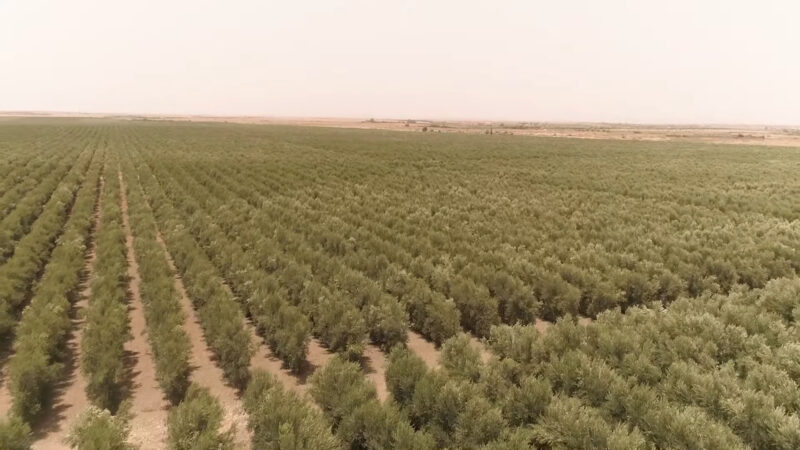
The Saharan Olive Tree (Olea europaea subsp. laperrinei) is a unique plant species found in the mountainous regions of the central Sahara. This tree is a relic of a time when the Sahara was a much wetter environment, and it has managed to survive the desertification that has taken place over millennia.
The Saharan Olive Tree actively adapts to arid conditions by growing deep roots that seek out groundwater and minimizing water loss through transpiration in its leaves.
Local communities actively use this resilient tree for food and medicinal purposes, highlighting its cultural significance. The conservation of the Saharan olive tree is vital for preserving the biodiversity of the Sahara and maintaining the traditional knowledge and practices of the region’s inhabitants.
Conclusion
The unique plants of the Sahara Desert are a testament to the incredible adaptability of life in one of the most challenging environments on Earth. From the ancient Saharan Cypress to the resilient Saharan Mustard, each species has developed specialized strategies to survive and thrive in the extreme conditions of the desert.
These plants play critical roles in maintaining the delicate balance of the desert ecosystem, providing food, shelter, and stability in an environment where resources are scarce.
By studying and protecting these plants, we can gain valuable insights into the resilience of life and the importance of preserving the natural heritage of the Sahara. The survival of Sahara desert plants not only contributes to the biodiversity of the desert but also supports the livelihoods and cultures of the people who call the Sahara home.
Related Posts:
- 7 Resilient Plants Found in the Sahara Desert
- Top 12 Most Strange Desert Plants - Flora You Won't…
- What Animal Was Used to Transport Goods Across the…
- What Animals Live In The Sahara Desert? Check Out…
- Why We Must Protect the Sahara Desert Cheetah at all Costs
- Why Is the Eye of the Sahara Also Known as the…


